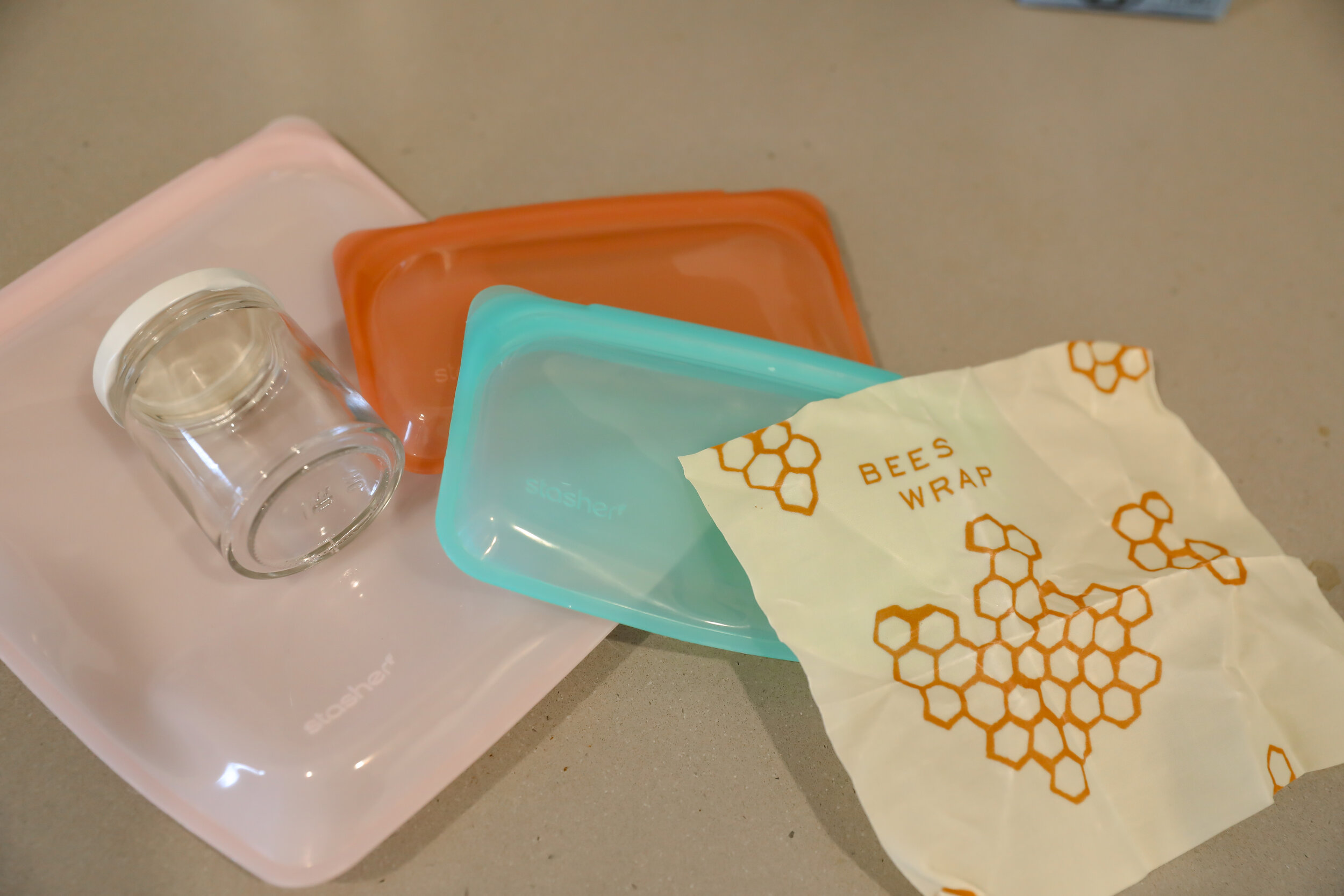4 Eco-Friendly Quarantine Trends to Continue in 2021
This post is brought to you by Omigo
Over the last 5 years, I’ve been actively making more sustainable lifestyle changes— everything from using reusable tote bags and produce bags, bringing reusable tumblers with me, reducing usage of single-use products, altering my buying habits and supporting sustainably-made products.
Then Covid hit, and a lot of our lifestyles changed. I was no longer running around the city all day for work, we were having to order groceries for awhile for our safety, and having more things delivered to our home in general. My waste footprint shifted, with more packaging used through deliveries and groceries and single-use items for sanitization protection, so I started thinking about ways I could up my sustainability efforts at home with this new lifestyle.
Here are the 5 eco-friendly quarantine trends that showed up in 2020 that I hope to continue (and have other people do the same!) this year:
1. Bidets
We got our Omigo Element+ bidet attachment for our toilet back in October of last year, and it has been a GAME-CHANGER. Bidets became super popular last year with the toilet paper shortage, and I love that this trend has helped people discover the hygienic and sustainable magic of bidets— they’ve existed everywhere in Asia, Europe, and South America for years though! If you’re unfamiliar with bidets, it might seem like an intimidating change, and there are lots of confusing myths around bidets (which I clear up on my Instagram post HERE), but I can personally say that now that we have one, we’re definitely never going back! Kinder to our 🍑 and our 🌎— win, win!
Here are some reasons to jump on this trend:
Using a bidet helps cuts toilet paper usage by 75-100%! Americans use 36.5 billion rolls of TP every year 😱 (requiring 473 billion gallons of water [more than NYC uses in a year], 15 million trees for pulp [a forest the size of Lake Tahoe],and 17.3 terawatts of electricity [enough to power 53,000 homes for a year].
Using a bidet is way more hygienic than using just toilet paper. Think about it this way: if you stepped in 🐶💩 barefoot, would you just wipe it off with toilet paper, or would you prefer to rinse off with water first? Bidets are a more sanitary (and more comfortable) solution to wiping, and leave you feeling shower-fresh every time you go! Plus, when it comes to menstrual hygiene and pre + post-natal care, bidets make it way easier to keep clean!
They’re more affordable than ever + easy to install. From affordable attachments (the Element+ bidet attachment we have is $109) to full luxury toilet seats, Omigo offers a down-there self-care options for any need or budget. A bidet saves you the money spent from years of toilet paper purchases, too. The best part? All Omigo products were created for easy installation — no handyman necessary!
2. Composting food scraps
I started composting my food scraps a few years ago, and the amount of food I’ve personally diverted from landfills over the span of time I’ve been doing it… makes me want to get everyone I know to compost, because I’ve seen first-hand just how much one person can make a difference here!
I collect all of our food scraps in compost bin in our kitchen— I used to take my compost to the drop-off at my farmer’s market every Friday, but I actually got my building to enroll in food waste pickup, so now I can just drop it off at my building’s bin.
Here are some reasons to jump on this trend:
Did you know the average person throws away 290lb of food PER YEAR? Food waste is the BIGGEST component of landfill and releases methane, which is 28x more potent than carbon dioxide!
Compost turns to “black gold.” By either composting at home in your backyard, or dropping your scraps off at compost collection sites in your city, you’re essentially saving food waste from going to a landfill and instead turning it into nutrient-rich “black gold” that is used to support agricultural practices— it’s the perfect cycle of life!
You can compost SO much more than you think: I covered a bunch of things you can compost in this Reel video, but let’s put it this way— Justin and I fill our 1.3 gallon compost bin every 2-3 days with all of our eggshells, veggie peels / stems / scraps, coffee grinds, compostable paper products, etc.
3. Using more refillables + reusables
Speaking of food waste, we definitely have been more conscious about our food storage and smart grocery-planning this year. We have been using our reusable storage baggies non-stop and repurposing jars that groceries came in for food storage too.
Hygienic practices also definitely increased this year— we flew through more hand soap and laundry detergent than ever before, so I looked into more sustainable options. Now we use glass dispensers for all our biodegradable hand and dish soaps, and purchase refillables that come in bulk with packaging that can all be recycled responsibly!
Here are some reasons to jump on this trend:
With some single-use products we might be using more (like alcohol wipes, surgical masks to double mask), we can try to use more reusables and refillables wherever possible.
These practices add up in savings: with using less disposable packaging like single-use plastic ziplocs or single-use plastic soap bottles, we can lean on these smart solutions to save us much more money in the long-run, while being friendlier to the environment!
4. Less fast fashion / shopping
2020 was truly the year of sweatpants! All joking aside, I think it gave a lot of us a good look at our spending habits when it comes to clothing and how much we can all cut back on clothing purchases. Not only could a lot of us pare down our closets with a good clean-out to donate or sell, we can also be more mindful of what we bring into our closets.
Here are some reasons to jump on this trend:
Fast fashion comprises 10% of ALL global carbon emissions and 85% of textiles go to LANDFILLS 😱: Instead of shopping at fast-fashion retailers, opt for smaller brands with ethical and transparent sustainability practices, using recycled textiles or textiles that have been discarded. Another great option is to buy second-hand from marketplaces like Poshmark and ThredUp, to give perfectly good clothing a second life at a way gentler price tag!
Slimming our wardrobes = more savings: Not only are you getting rid of all the clutter in your life by cleaning out your closet and keeping it manageable, you are gaining more in savings! I was able to save quite a bit this past year with almost no new clothing purchases.













